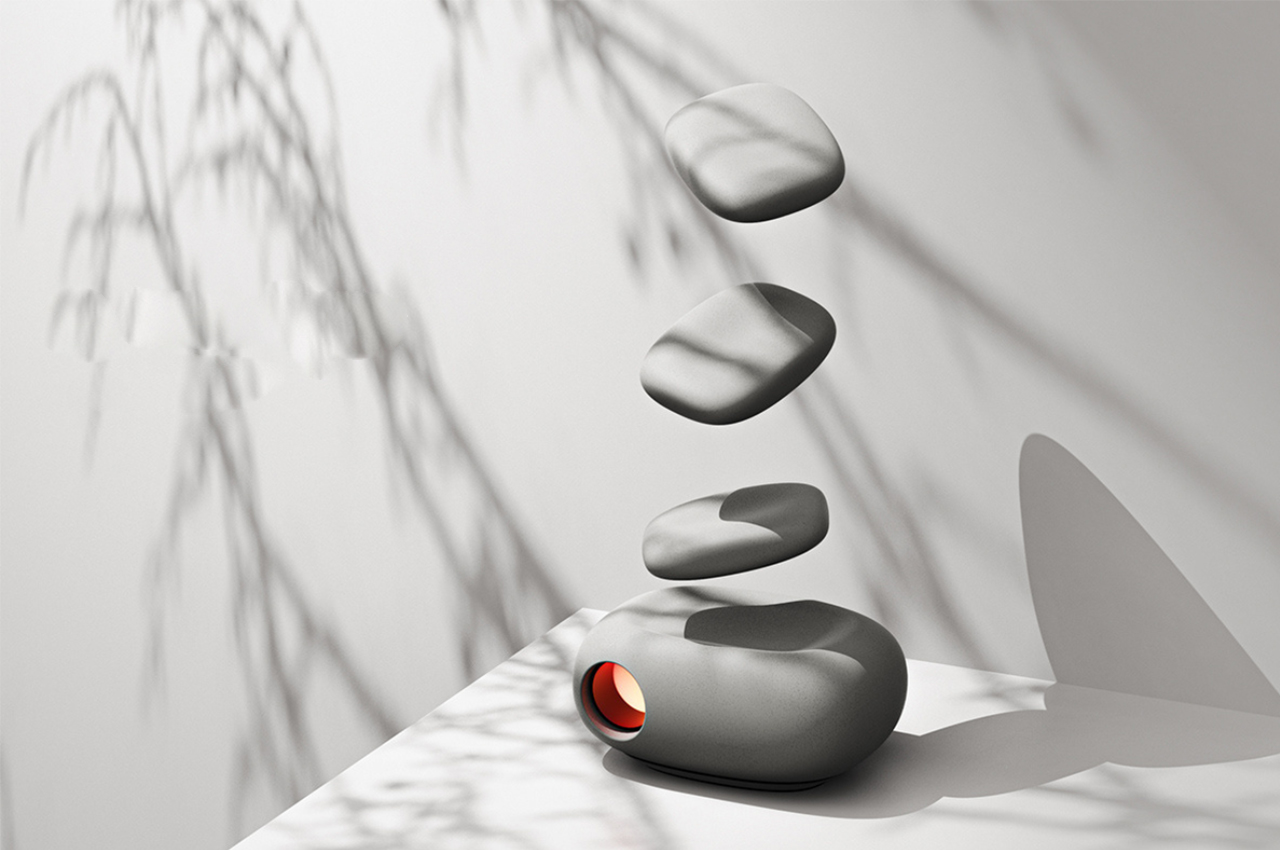
The art that most people can relate to is photography. It is something incredibly personal, much like any form of art. One takes a photo with great thought and emotion, which they will later treasure and discuss.
The only recollections that one can have that are closer to the actual event are those captured in photos. It is the only tangible form of expression of your recollection. Sometimes even the slightest details are captured, which your mind might overlook and forget about, but just a quick glance at a particular picture might bring back a thousand memories associated with it. This new camera-projector concept enhances the intention behind creating such memories.
Designer: Josh Schwefel

Since its creation in the 19th century, photography has advanced significantly. What for some people began as a hobby is now incorporated into our daily life. With the development of technology, photography has changed over time, from recording moments to producing works of art.
With every advancement in technology, from film cameras to digital cameras and from DSLRs to mirrorless cameras, photographers have advanced their trade. The development of smartphones and AI-powered editing software has made photography more widely available than ever.
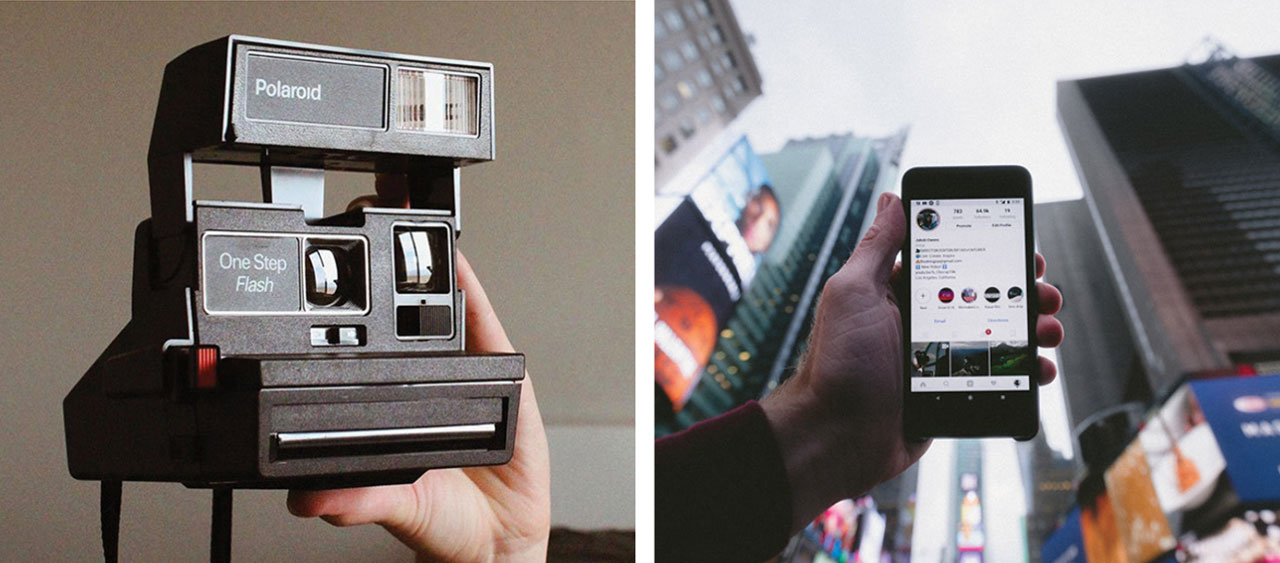
Smartphones don’t provide a unique aesthetic to videos produced, since we are so used to having them the interactions are less intentional. The goal of this project is to force user intention in digital creation and nurture communal growth through sharing of memories
Intentional photography has become increasingly popular as it allows photographers to capture the beauty of life in its simplest forms. Whether it’s capturing a sunset, a family gathering, or just everyday moments, intentional photography helps us appreciate and remember the little things that make life meaningful. Having said that, with the sabotaging evolution of technology, people have started taking these moments for granted. Because one can click unlimited shots without any restrictions, the value of each one is lost.
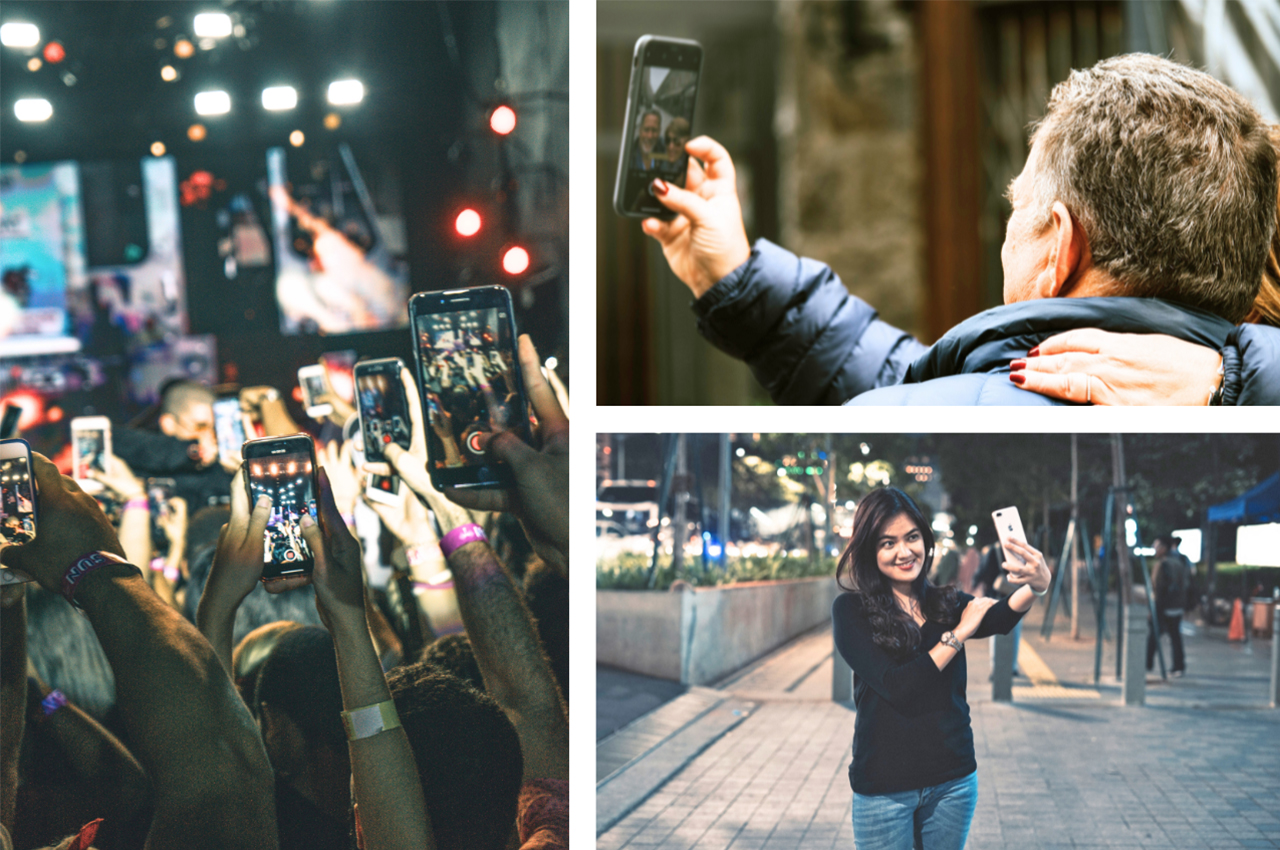
Curation is an important part of photography, as it helps us to create art that speaks to us on a deeper level. We can use our photos to tell stories, express emotions, and trigger memories. By carefully selecting our photos and arranging them in an aesthetically pleasing way, we can create images that are unique and meaningful. With the dominating involvement of social media, people have started curating moments just to capture and share them online. There is a relatively superficial approach to capturing. The actual nostalgic value lies in the candid and natural shots.
What differentiates a professional from others is the analog approach toward photography. They believe setting up a few shots is more satisfying than taking a ton of photos because it makes them really think of what they’re capturing. The wait between taking the photos and seeing them is what excites them the most.
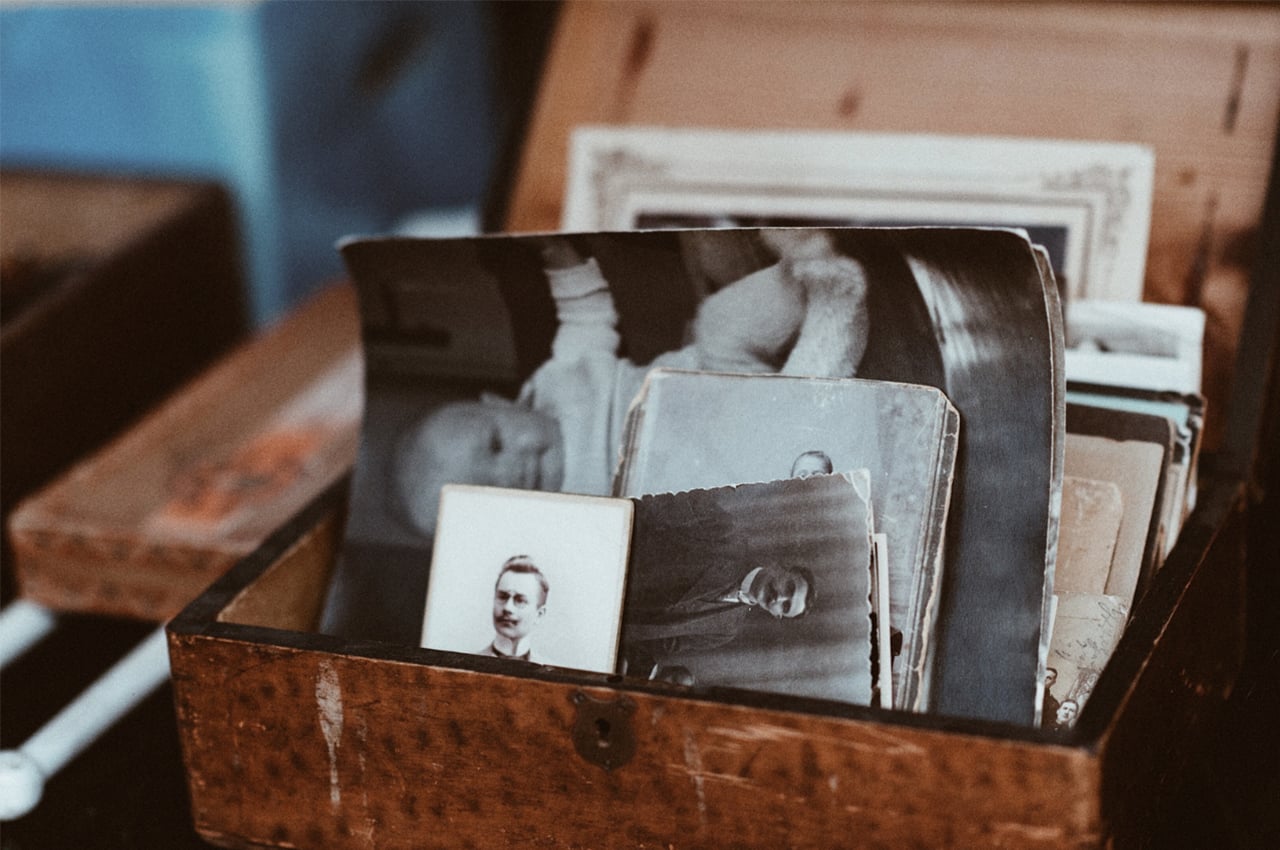
Have you ever sat down with your grandparents and browsed through your photos of when you were a baby? Those albums were the real memories that initiated conversations. Bringing those albums as compilations for modern times and improving the nostalgic qualities.
Since the intention of this project is to incorporate the tangible aspect, the material of the product is of utmost importance. Natural ceramics have the value of nostalgia, softness, and warmth that this project requires. It is ergonomic and a sense of touch builds a holistic experience.
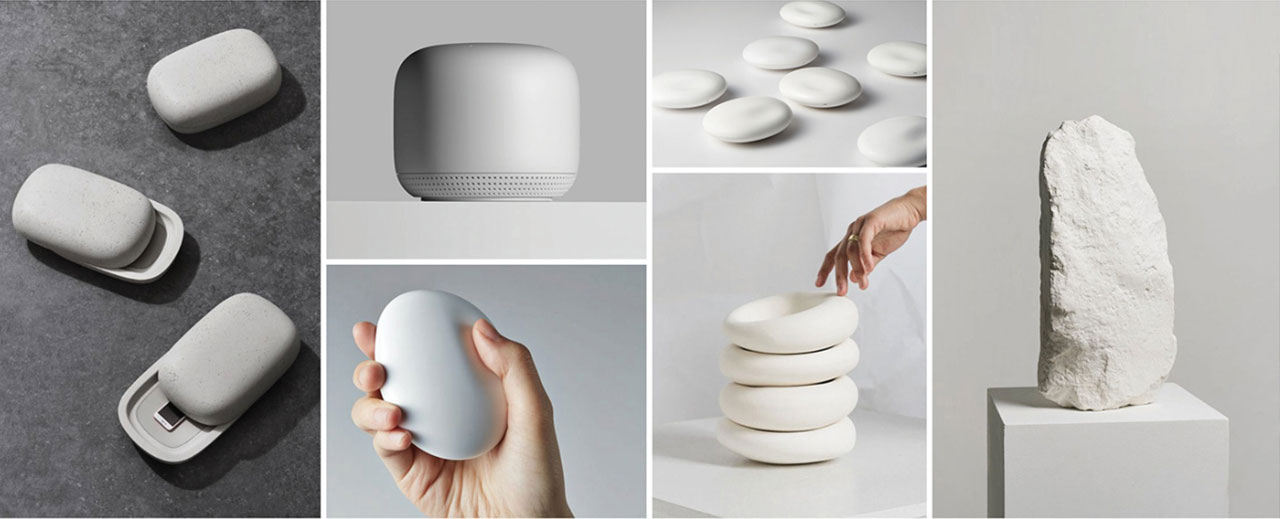
The capturing device’s interactivity and functionality could be changed to encourage intentional use. Currently, we disregard the process as something that happens every day. Still, if constraints are put in place, such as restricting users’ daily recording time, the intention behind documenting is further increased. Features that make the experience more analog are by separating sight and sound elements.
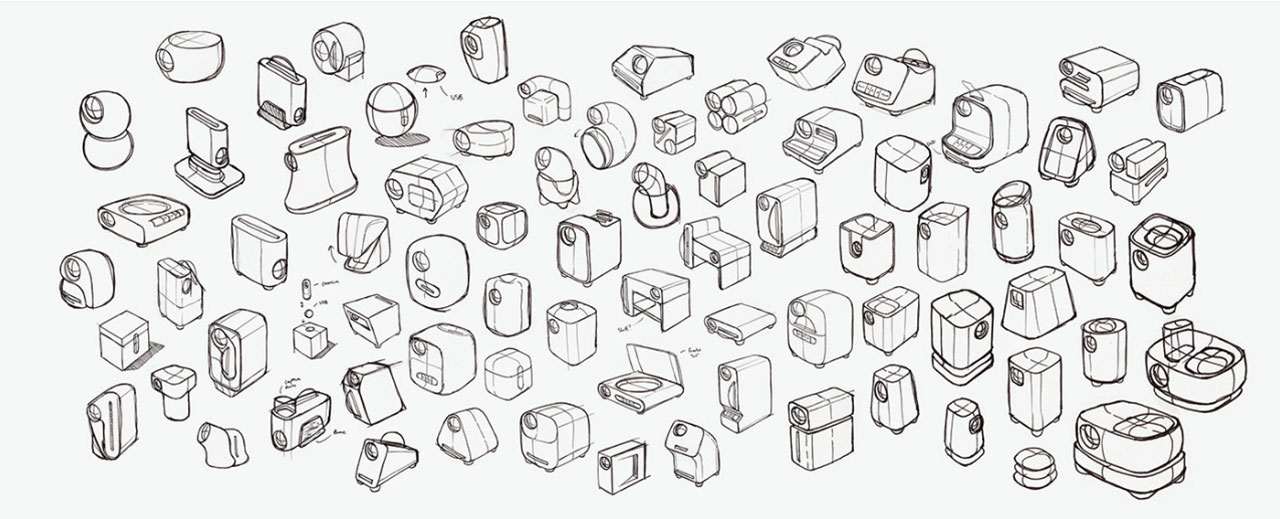

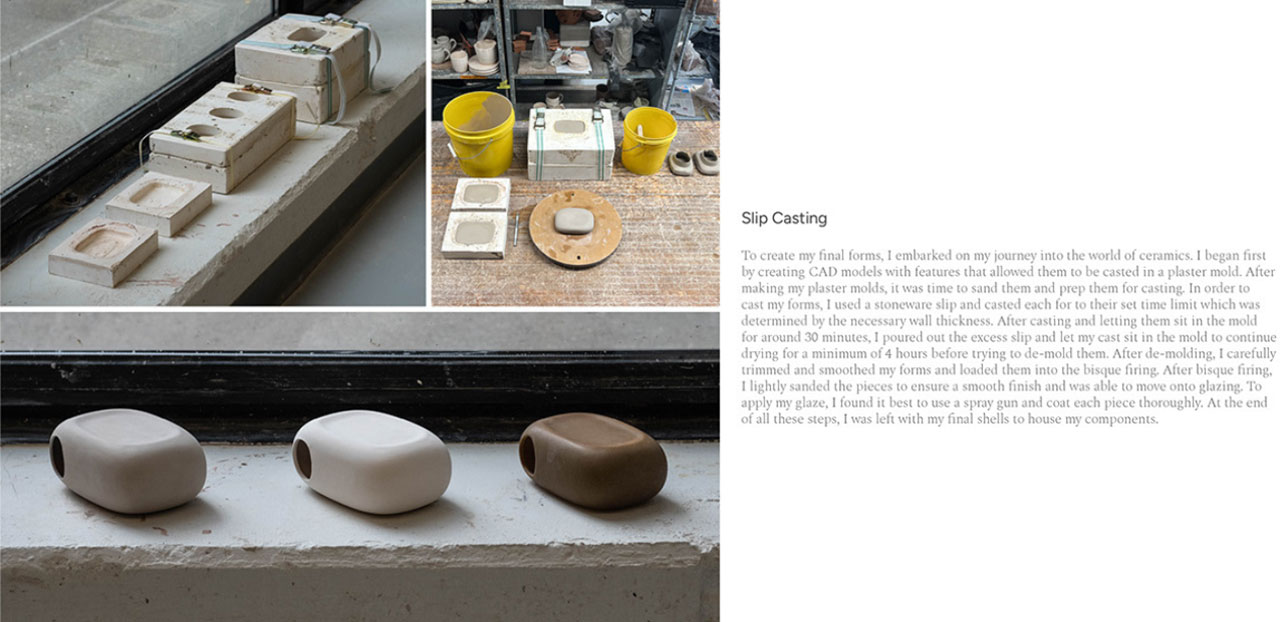
After developing 3 prototypes, an organic shape conquered the hearts! Resembling a stone, the projector sits on any countertop and acts as a base for the USB pebbles. This design was most appreciated as the memories were stored in a decorative manner looking like stacked pebbles which add value to the interior design while serving as a topic of conversation. Its natural organic shapes complement the ceramic material as well which makes it perfect!
The product comprises 3 components:
- The projector: All of the system’s products have a home in it. The organic form prevents the item from appearing tech-y. For both aesthetic and safety reasons, it comes with a lens cap. A small foundation that enables users to tilt the projection a few degrees to align it with their wall. The stone is perched atop the disheveled area. consists solely of a power port. The stones and camera both have storage for all data. Allow for flexibility in positioning with minimum ports.(image 10)
- The camera: The basic purpose of a camera, which was once taking individual pictures, has changed. When audio is being recorded, a picture will also be taken in addition to the sound byte. A photo will be overwritten and the video will play over the audio if a video is recorded without any sound. On this device, users won’t be limited to taking solely images. For each picture, there is a 10sec recording time limit for both audio and video. A mode slider and a capture button are the user’s two points of engagement. Simply sliding to the selected setting activates the camera and slides back the lens cover to expose the sensor and microphone. The camera is set on top of a stone to sync the data, and NFC is used to send the files. Through the projector, the camera is wirelessly recharged.(image 11)
- The stones: Between the camera and projector, which hold all the data, are the USB stones. They act as the projector’s interface for basic operations like play, pause, fast forward, rewind, etc. Users are instructed to press in that location by the dished surface on top. Additionally, it has a pleasant shape in the hand, which invites consumers to take it up and feel it. The three sizes of the stone signify three different storage options. Small content lasts for two weeks, medium for a month, and large for three months. After using up all the available storage, users can also buy more stones.(image 12)
As well thought this project is it might be a task to convince the audience to develop this patience and use it on a regular. Social media overpowering all underlying emotions might sabotage the quality of this project. Since the evolved polaroid cameras give out instant photo results with similar film photography qualities. The flexibility of capturing stills can also be considered as sometimes the photographic art is expressive in itself and in case if someone clicks a still, it should not get overwritten as that would develop resentment, losing its purpose.
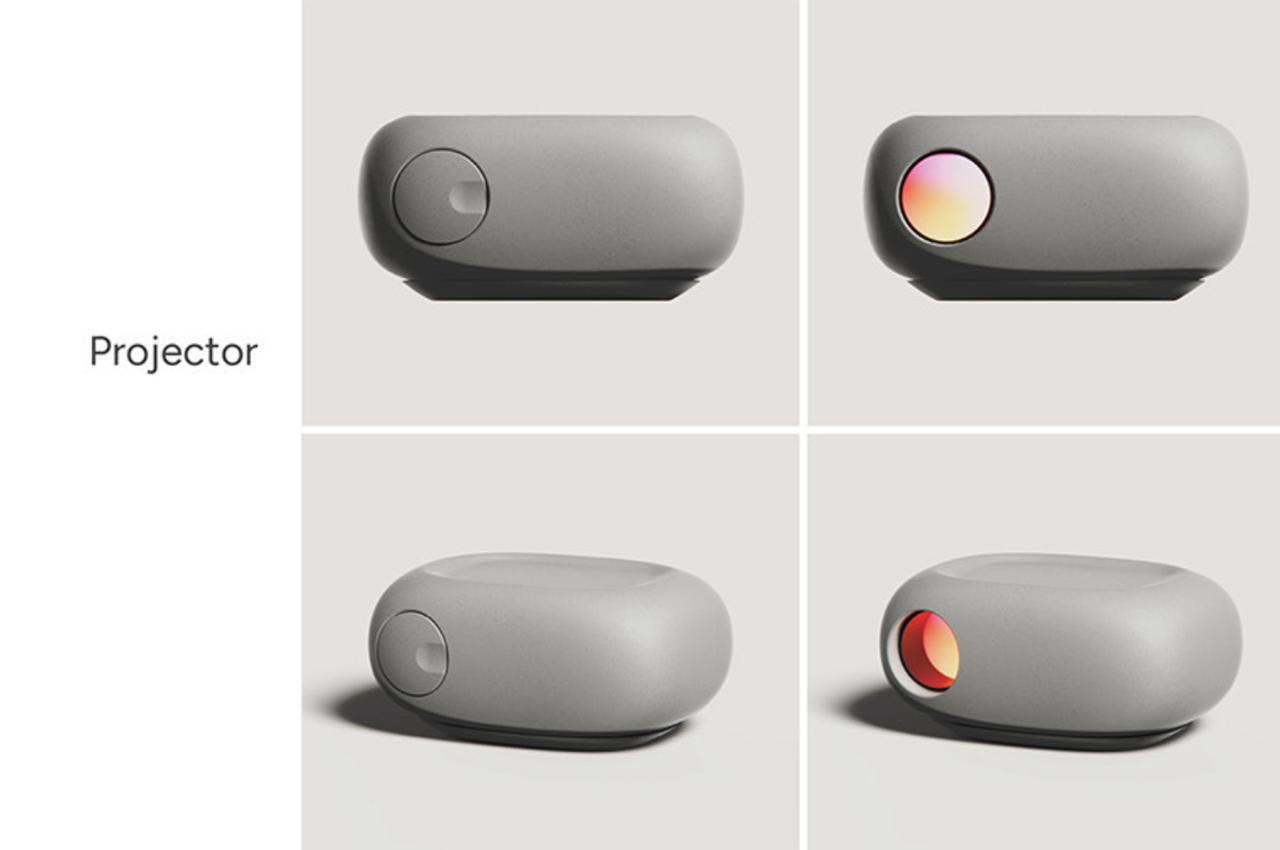
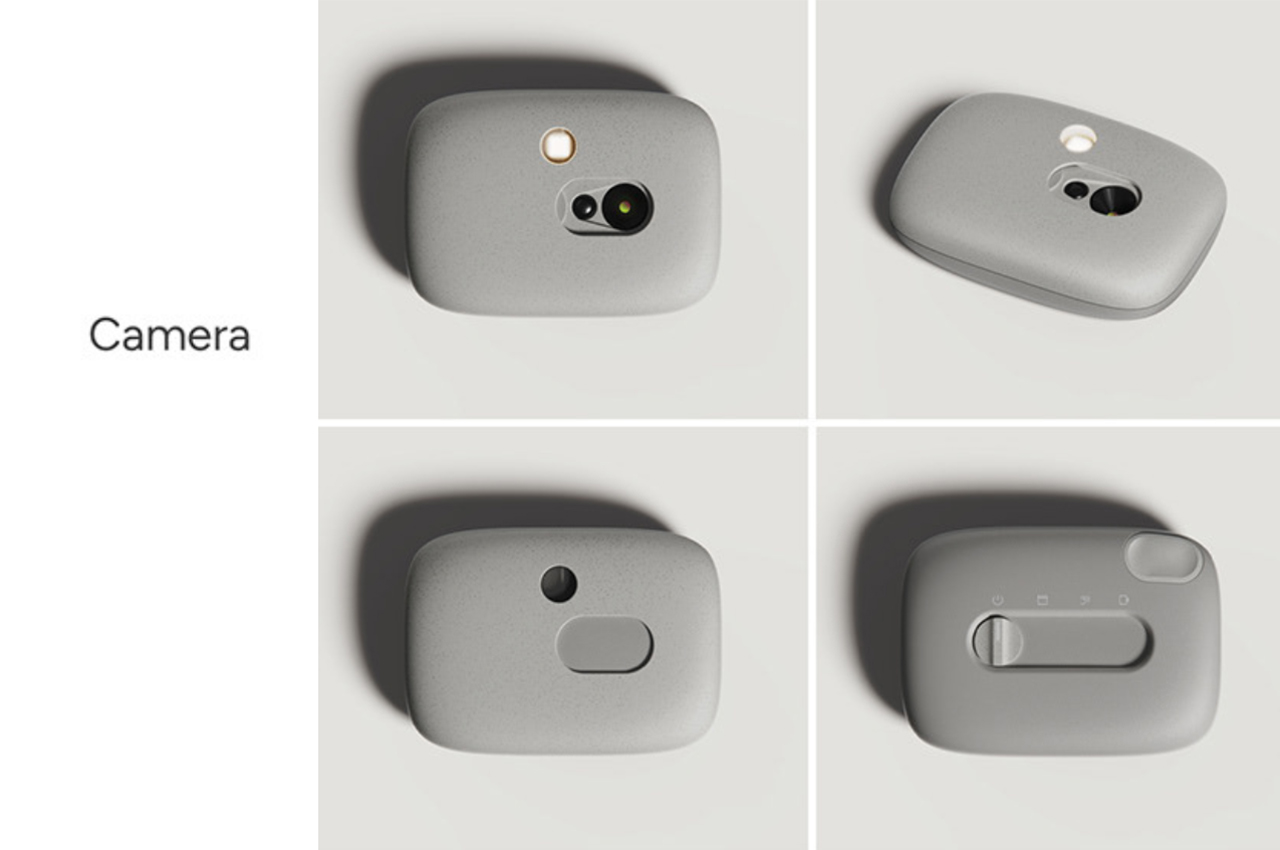
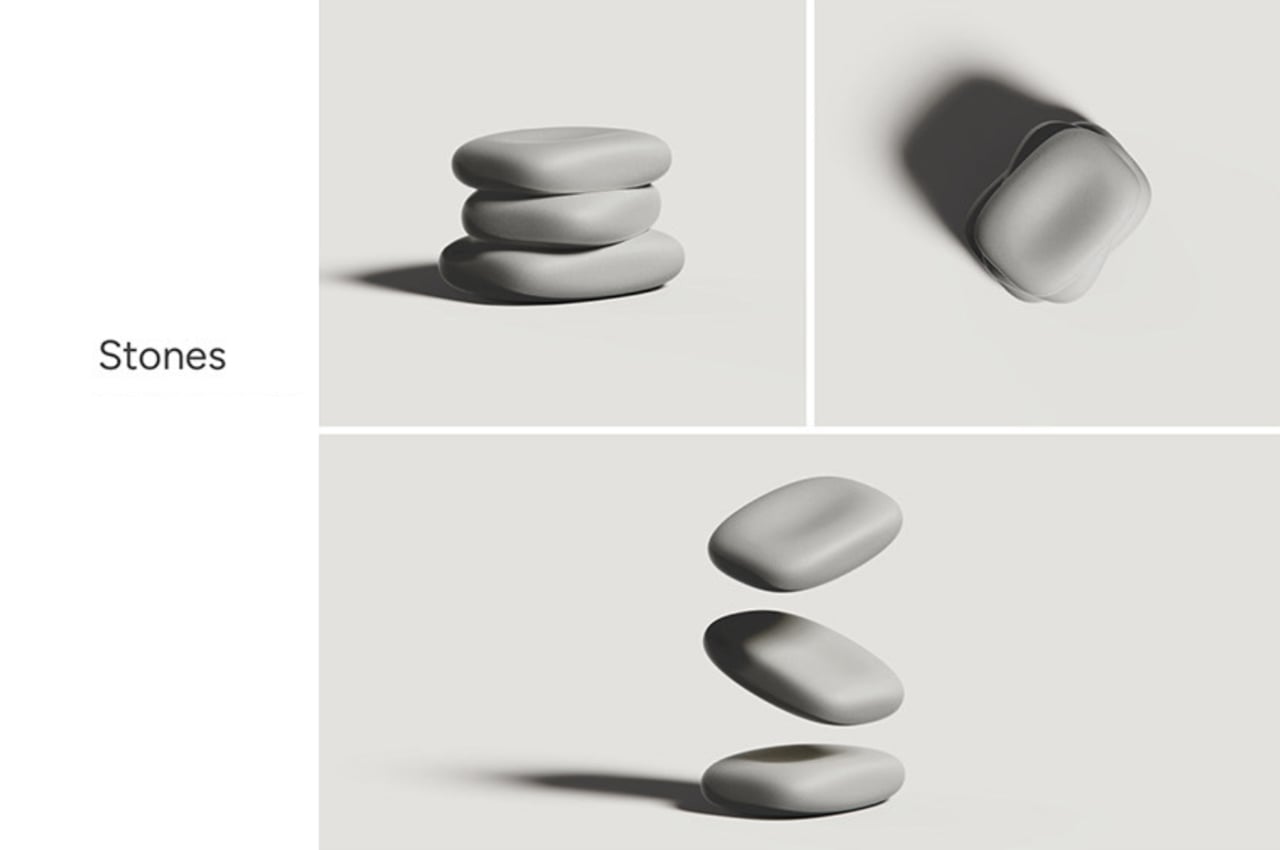
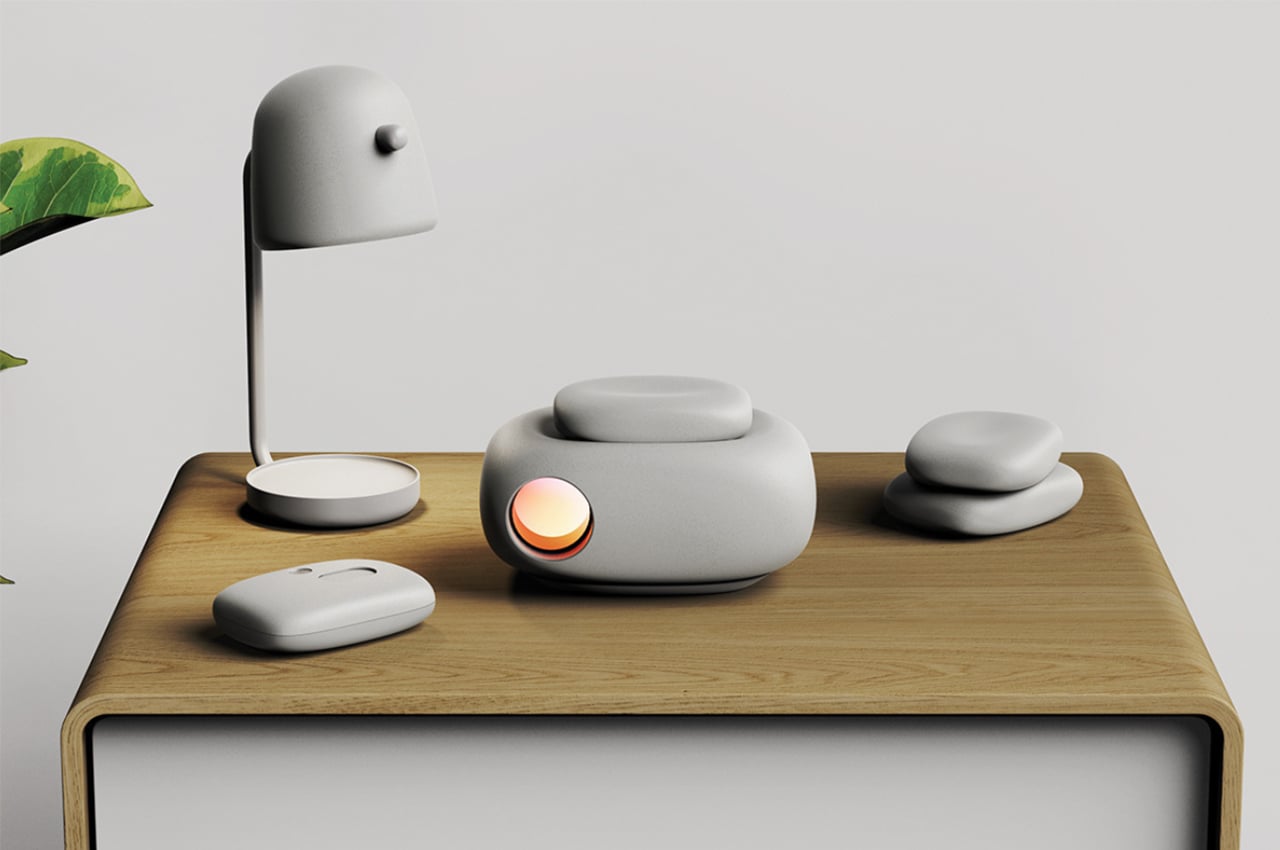
The post Revive nostalgia with this camera projector that resembles stacked stones while displaying your best memories first appeared on Yanko Design.

No comments:
Post a Comment